
The most common questions we are asked are usually about HVAC filters. Now that we are coming into the spring allergy season it seemed like a good time to go over all the most important things about your indoor air quality when it comes to filters.
Where is my HVAC filter located?
There are many places your filter(s) could be located in your central HVAC system.
Ceiling- If your return air intake is in the ceiling, typically there is a large metal grate with hinges on one side and clips holding it closed on the opposite side. We call this a ceiling return air grille. Note: if you look into the grille and do not see a filter, chances are the filter is located somewhere else.
Wall- Similar in style to the ceiling mounted grille. The wall return air grille is most common if the furnace/ air handler is in a closet or garage. And like the ceiling mount, if there is no filter located here, it may be installed somewhere else.
Attached to the furnace or air handler- This is where you would see either a small “ez filter box” or air cleaner cabinet attached to the side or below a furnace. The filter boxes are great because they have a small door and latch to slide a 1-2″ filter into without needing to open up the furnace panels. An air cleaner cabinet is even better. Usually less maintenance and better filtration, we’ll cover that more in Question #2.
Inside the furnace or air handler- If your home’s air handler/ furnace is in a easy to access location such as the garage or a closet, sometimes you’ll find the filter right inside the unit itself. The one drawback is that you have to open up the front panel of the equipment. Sometimes there are latches or knobs which makes it easier. There is a metal track inside to slide the filter in and out and keep it in one place.
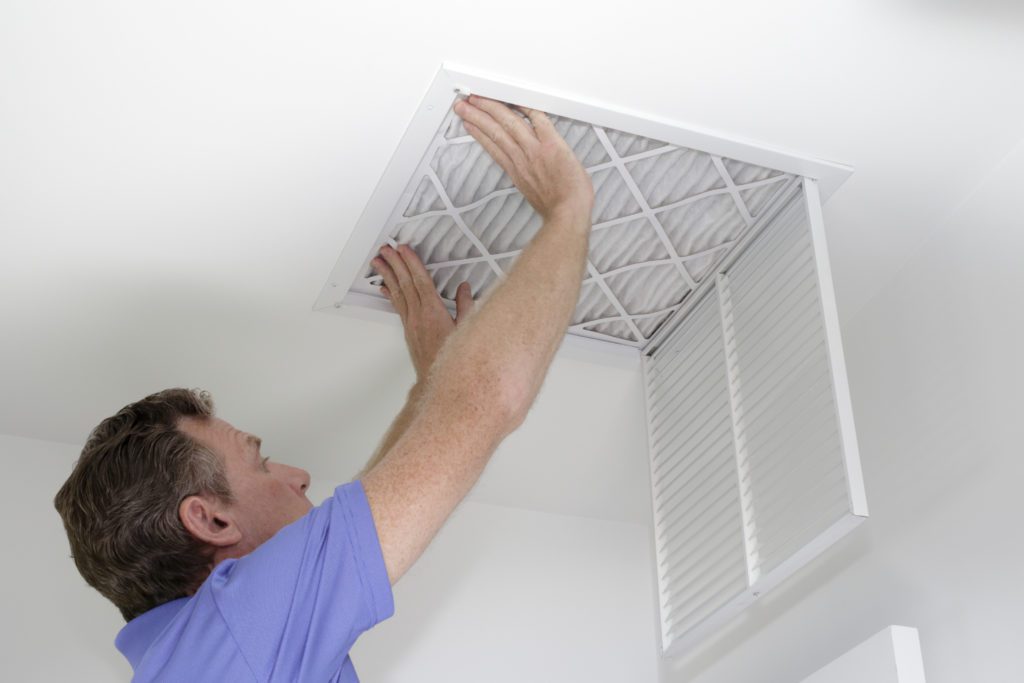
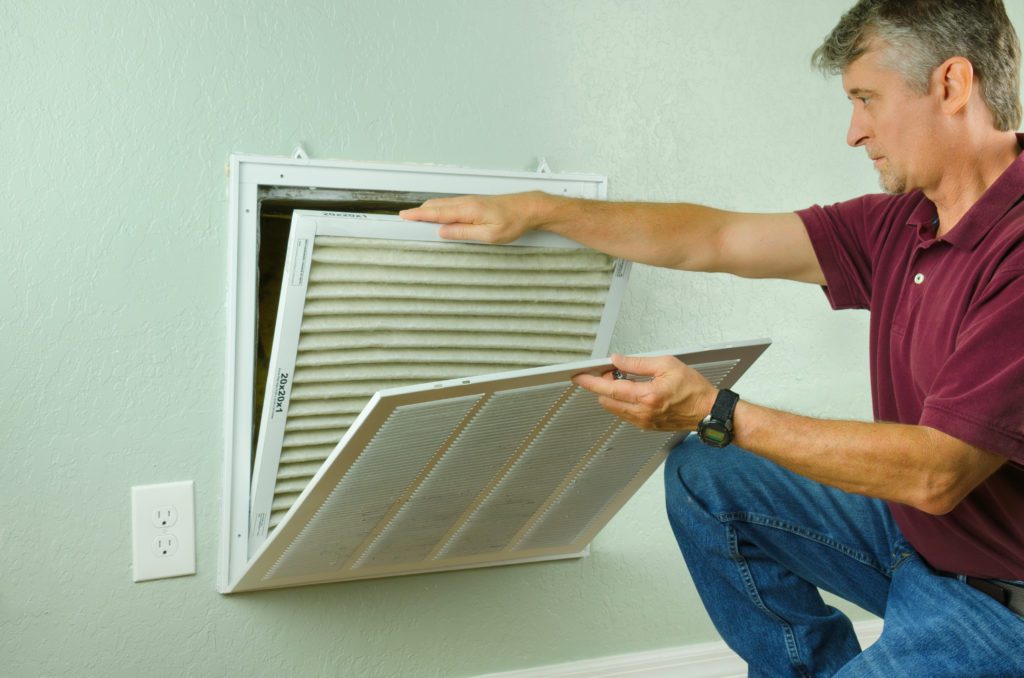

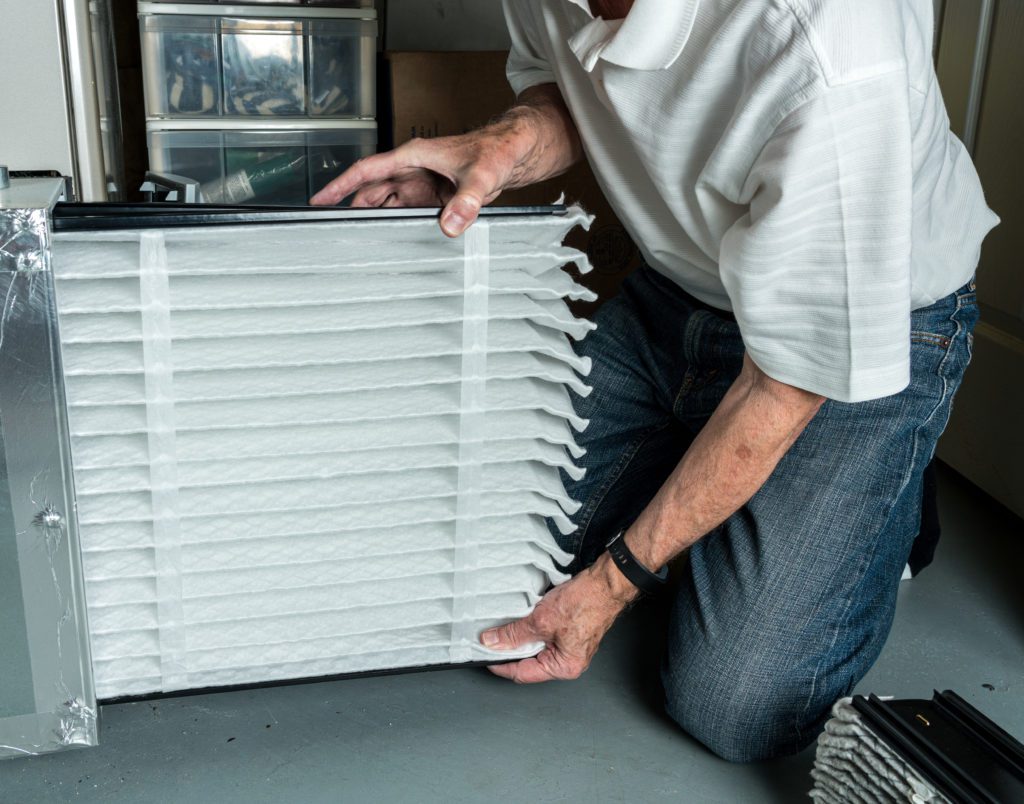
What type of HVAC filters should I be using?
Depending on the type of system you have and where you are changing the filter now there are a few options to choose from. Here are some pros and cons to the choices out there.
Spun Fiberglass – Just Say No! The first thing you’ll notice with a spun fiberglass or “horse air” filter is that you can see right through it! This means it is doing a terrible job of picking up dirt, dust, or pollens in the air.
Pleated 1” Filter – The most common filters found online and in home improvement stores. The pleats give the filter more surface area for better filtration. These filters are typically replaced every two to three months.
Washable 1” Filter – We used to recommend, but are now noticing that they are more restrictive than the disposable 1″ pleated HVAC filters available now. Over time small amounts of dust and debris get trapped between the layers and can never get 100% clean. That build up can cause them to be less efficient.
4” Pleated Return Air Filter – Honeywell makes a 4″ pleated filter that can be installed in a return air typically designed for 1″ HVAC filters. This is a great option for higher end filtration without a whole home air cleaner. They do require being replaced every six months and are only available in limited sizes.
Whole Home Air Cleaner – The absolute best of the best in whole home air filtration. They are an accessory cabinet typically attached to the furnace or air handler. The Aprilaire filter cabinet is our favorite and the one we all use in our own homes and at the office. The filter is 4″ thick and a surface area of 20-50 square feet! The Aprilaire filters collect 95% of particulates down to .3 micron and are usually replaced annually. They also offer different HVAC filters for different needs; from a carbon filter that can help remove odors in the home to a high end allergy reliving filter there is something for most every home.
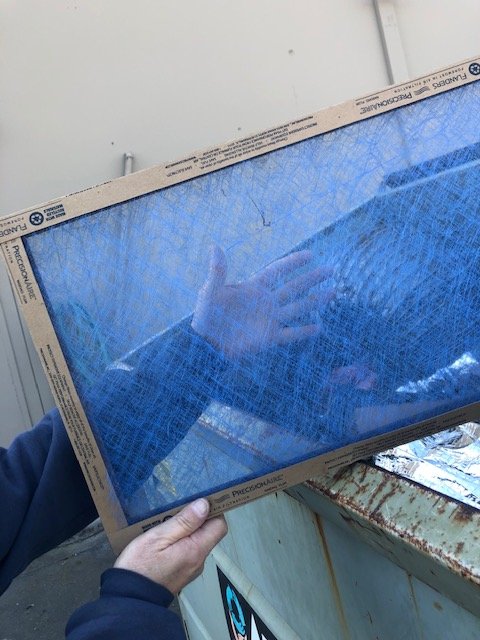
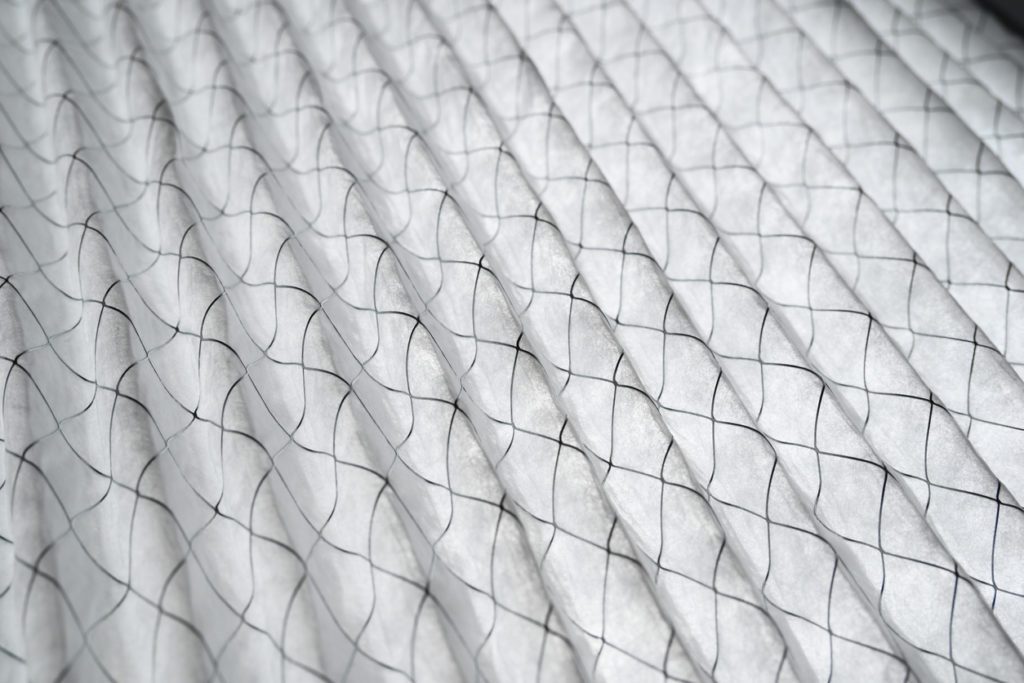
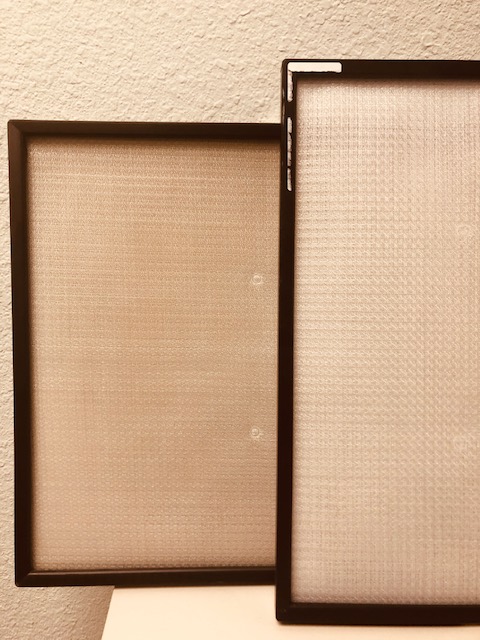
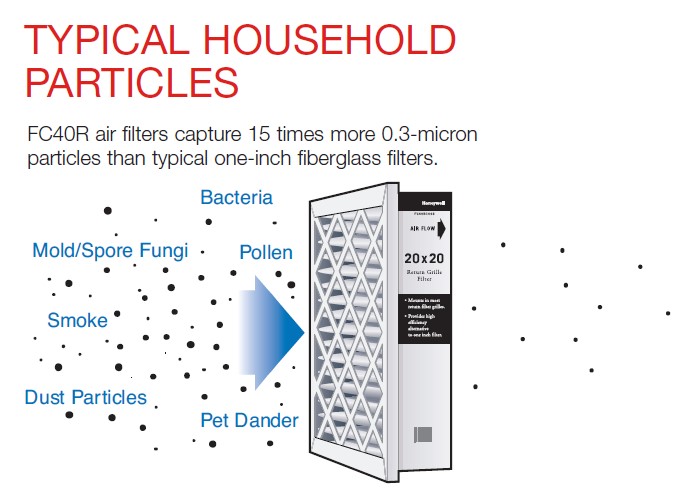
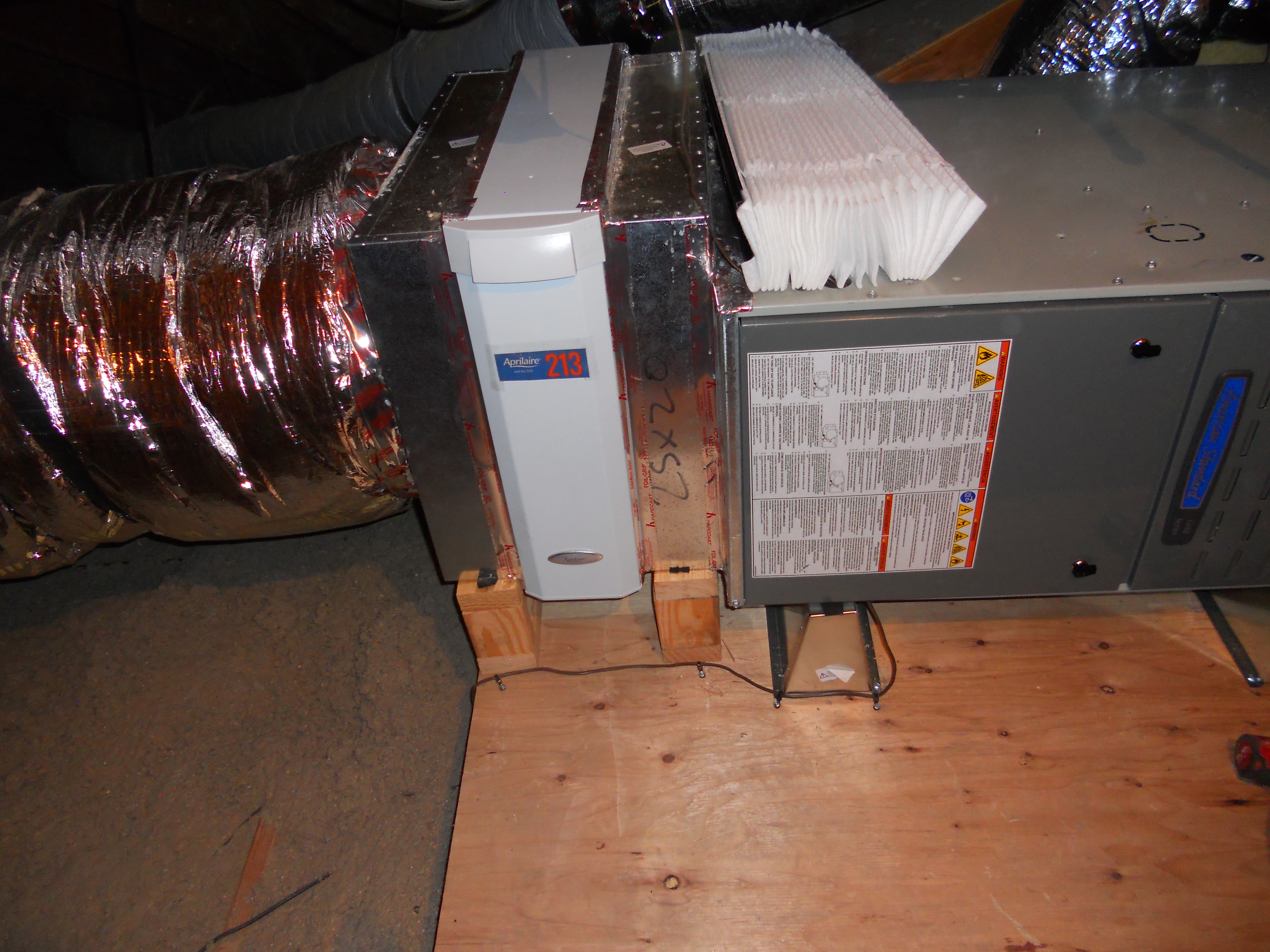
What is the MERV rating on HVAC filters?
HVAC filters are sometimes rated in MERV (Minimum Efficiency Reporting Value) is a measurement of how well a filter collects particles between .3 and 10 micron. The higher the MERV the smaller the particles it can efficiently collect. One thing to note would be to not use a filter that is higher MERV than your system can handle. High MERV ratings (over 13) can cause restriction on older systems and also require more frequent replacement due to the amount of particulates they collect. Unsure what is a good filter for your system? Get in touch and we can help!
Tips on how to best use my central heating and cooling system to help with allergies?
Change it regularly – I know it can seem like we say this on repeat, but it is the single most important thing to keep your system working to the best of its ability. Also, this means the air is the cleanest it can be in your home.
Correct size – You never want to install a filter that is too small. Air gaps will cause air to pass by the filter and move directly into the system. Similarly a filter that is too big can bend and also cause gaps for air to zip right past.
Thermostat hack – Use your system’s fan to circulate the air in the home in the spring or fall when allergies are highest but you aren’t necessarily running the air conditioning or heat. Normally the fan is set to “auto” to run when the heat or air are on. Set the fan to “on” or “circulate” to run the fan only and pull the stagnant home air through the filter.
- Modern furnaces/ air handlers – If you have a newer system chances are it has a 2-stage or variable speed fan. This means the fan runs at a slower speed when you have it calling to run the fan to just circulate the air. The slower speed also allows more gunk to be trapped by the filter than when running on high.
- Fresh filtered air all year long – The advantage of these newer systems is you can then run the fan all year long, although maybe not in the winter. Even though the air is moving much more slowly than when the system calls for heat, it is still moving just enough that it may feel drafty in the wintertime.
Don’t double filter – You never want to have a filter in more than one place on your central HVAC system. If you do it will restrict air and can make it very hard on the blower motor to pull the air in through the system. This includes adding HVAC filters to the supply vents. We see magazines and online stores that sell them, they aren’t necessary and can actually cause a decline in system efficiency. Focus on one really good filter, it’s all you need!
Noisy intake – Do you hear a loud clang or bang every time the system turns on? Chances are there is a bit of a gap in the filter grille. The air sucks the filter toward the back of the box and it hits the metal causing a bang. This is normal, but if it is annoying you can add a little foam tape to the metal for a more snug fit.
Direction – If there is an arrow printed on your filter, make sure that the arrow is pointed toward the furnace or air handler. This is the direction the air is flowing from inside the house back to the system.
Ceiling mounted filter grille – Turn the thermostat fan setting to “on” before trying to replace the HVAC filter. This will help hold the filter in place as you swing the metal grate back closed.
Floor vents – While duct cleaning is typically never necessary, you can vacuum the metal boxes down on the floor and remove any debris that can sometimes fall in.
Some Additional Tips as an Allergy Sufferer
Shower before bed – It sounds like a strange tip, but as someone who has suffered from allergies most of my life, a doctor once recommended showering at night. Scrubbing all of the pollen off of your body and hair before going to bed can make a huge difference.
Filter in your car – Make sure your car’s cabin air filter is changed regularly. We spend a lot of time in our cars, this can help you breathe easier even when traffic may not!
House cleaning – Turn your thermostat’s fan mode to “on” while dusting and vacuuming. This will give the air a chance to pull back through the filter before the dust and other particulates fall back onto the surfaces of your home.
Portable air cleaners – Room air cleaners can only clean the air within a small radius of the unit itself. There have been many tests done over the years and they just aren’t as good at cleaning the air as a whole home system.

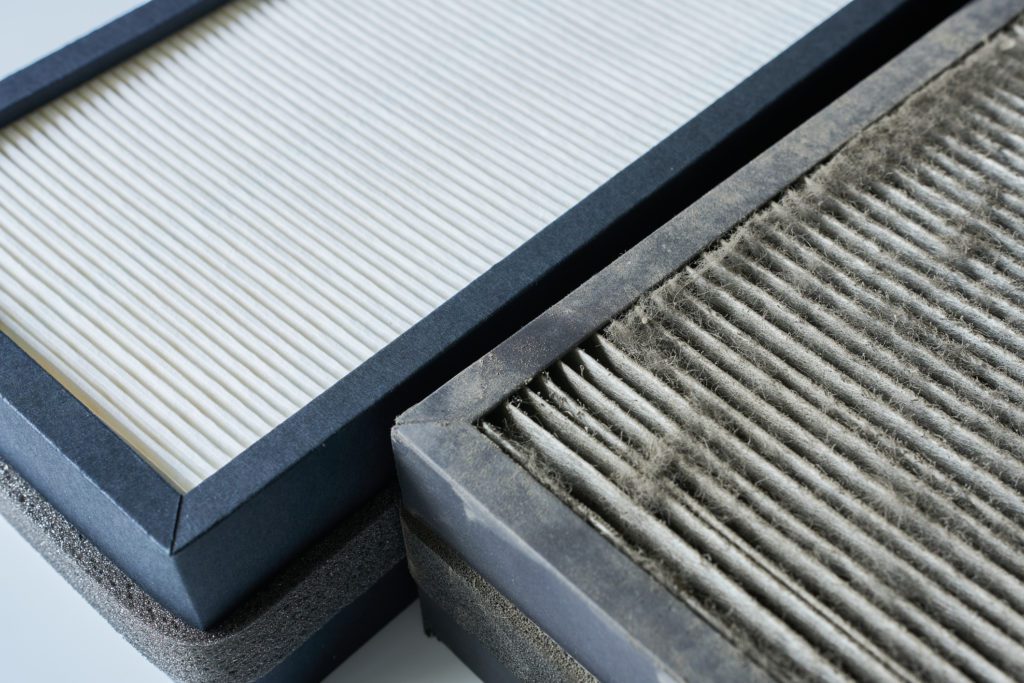


The EPA reports that indoor air pollutants are two to five times higher than the outdoors. Make sure you have the healthiest air in your home for you and your loved ones. Reach out to us for more information and how we can help!
